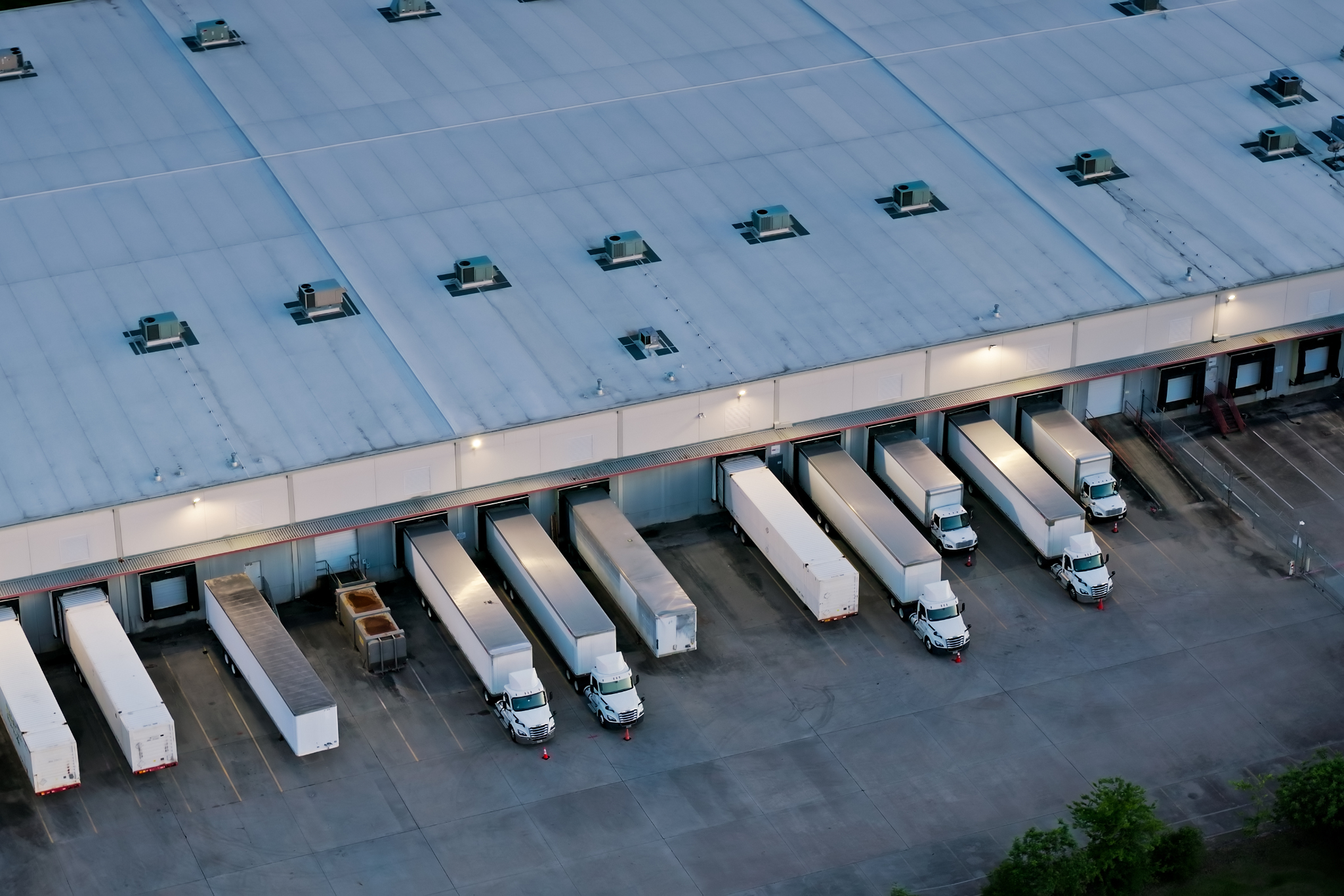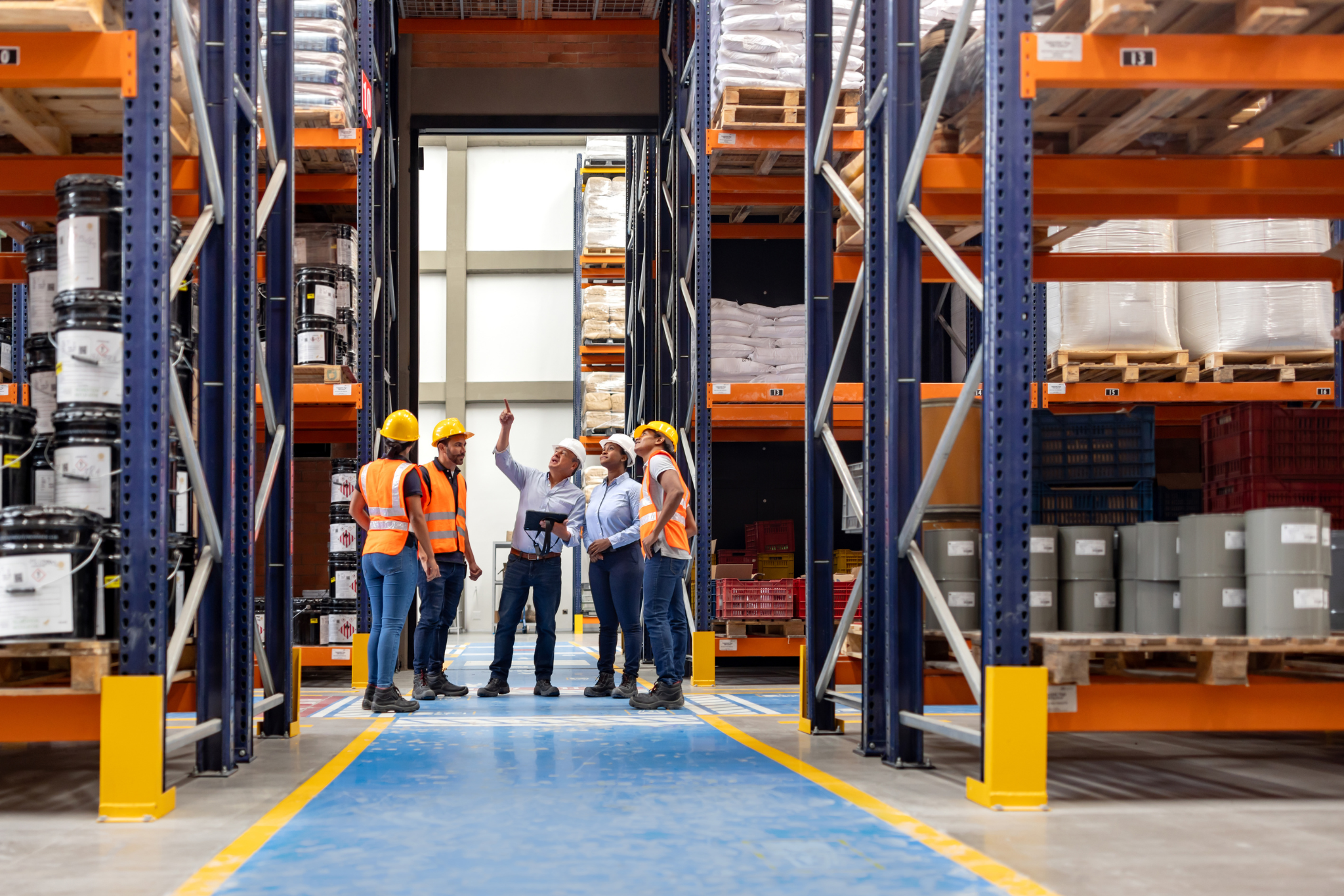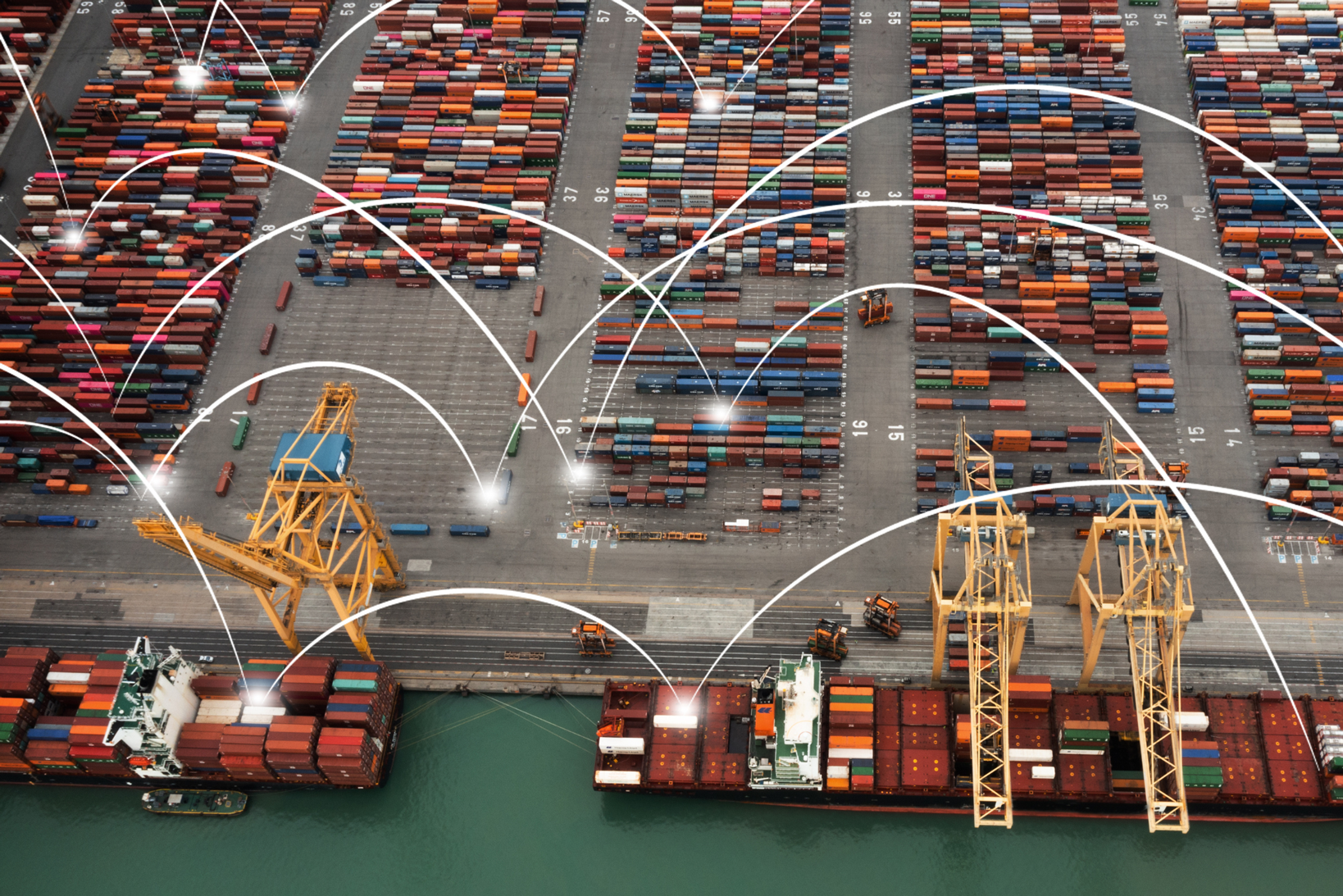
Warehouse automation is often viewed through the lens of efficiency and speed, but its impact goes far beyond productivity. Automation plays a critical role in creating safer, healthier, and more ergonomic environments for warehouse teams. By reducing physical strain, minimizing risks, and supporting more intelligent workflows, automation is enhancing the way warehouse employees work for the better.
Less Strain, Fewer Injuries
One of the most significant advantages of automation is its ability to reduce the physical demands placed on workers. In traditional warehouses, employees frequently perform repetitive tasks such as lifting, bending, climbing, and carrying heavy loads. These actions increase the risk of injury and long-term strain.
Automated systems help address these issues in a few key ways:
- Automated Storage and Retrieval Systems (AS/RS): These systems deliver inventory directly to the operator, eliminating the need for unnecessary reaching or climbing.
- Robotic Palletizers: Instead of manually stacking products, robotic arms handle the heavy lifting, which protects employees from back and shoulder strain.
- Conveyor Systems: Automatically moving items across the warehouse reduces the need for manual handling of materials, such as pushing, pulling, and carrying.
Together, these technologies can lower injury rates, reduce fatigue, and keep teams healthier on the job.
A Safer Work Environment
Warehouses present numerous potential hazards, including forklift accidents and slips and falls. Automation helps reduce these risks by standardizing movement and limiting the potential for human error.
- Automated Forklifts and AGVs: These vehicles follow predefined paths and are programmed to avoid collisions, thereby reducing the risk of accidents in high-traffic zones.
- Real-Time Monitoring: Many automated systems include sensors and data analytics that detect unsafe conditions and alert operators before an incident happens.
- Hazard Zone Management: Robots can operate in cold storage, high-heat zones, or other risky environments, limiting the exposure of workers to dangerous conditions.
By shifting high-risk tasks to machines, companies create a safer, more predictable workspace.
Ergonomics That Work for Workers
Good ergonomics means fewer injuries, less fatigue, and better job satisfaction. Automation enhances ergonomics in several important ways:
- Reduced Repetition: Workers no longer have to perform the same motion thousands of times per shift, helping to prevent repetitive strain injuries.
- Smarter Workstations: Goods-to-person systems allow employees to stay in one place and work at ergonomically sound heights.
- Cognitive Relief: Automation handles repetitive, time-consuming tasks, freeing employees to focus on problem-solving and decision-making.
When work is physically easier and mentally engaging, teams are more productive and more satisfied.
People and Technology, Working Together
Automation doesn’t eliminate the need for people, it supports them. Collaborative robots, or cobots, assist with repetitive or strenuous tasks, allowing employees to focus on quality, safety, and oversight.
- Pick-Assist Robots: These units reduce the walking distance between picks, saving time and energy.
- AI-Driven Warehouse Management Systems: These systems optimize workflows so that employees aren’t overburdened or put at risk due to poor planning.
The result is a balanced operation where people and machines work in tandem.
How Tompkins Solutions Helps Build Safer, Smarter Warehouses
Automation is transforming the warehouse into a safer, smarter place to work. By reducing physical strain, improving safety conditions, and enhancing ergonomics, companies can protect their teams while increasing performance.
At Tompkins Solutions, we help businesses design automation strategies that improve both operational efficiency and employee well-being. If you’re ready to improve safety in your warehouse, our team is here to help you take the next step.
How can we help improve your supply chain operations?
Schedule a consultation or contact Tompkins Solutions for more information.

Featured Posts
Discover valuable resources to enhance your knowledge.





